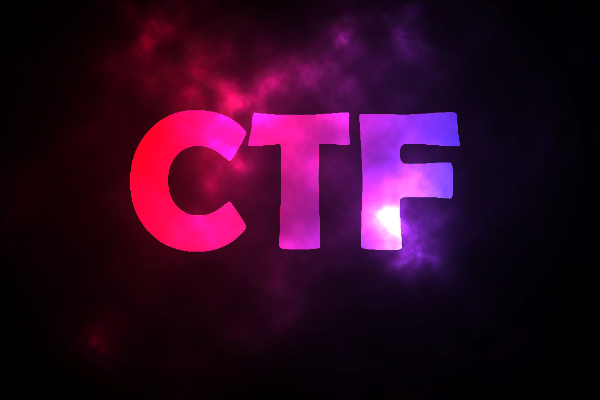What Is a Java Record?
Enhance the Java programming language with records. Records provide a compact syntax for declaring classes which are transparent holders for shallowly immutable data. This is a preview language feature in JDK 14.
What Is a Java Record?
One of the most common complaints about Java is that you need to write a lot of code for a class to be useful. Quite often you need to write the following:
toString(),hashCode(),equals(),Getter-methodsandpublic constructor
For simple domain classes, these methods are usually boring, repetitive, and the kind of thing that could easily be generated mechanically (and IDEs often provide this capability), but as of now, the language itself doesn’t provide any way to do this.
The goal of records is to extend the Java language syntax and create a way to say that a class is “the fields, just the fields, and nothing but the fields.” By you making that statement about a class, the compiler can help by creating all the methods automatically and having all the fields participate in methods such as hashCode().
What is especial about records?
The records come with a default implementation for public constructor, hashCode(), equals() and toString(), and accessor methods like max, min for all attributes inside the record.
What are the record’s characteristics?
- Records can not be abstract
- Records can not extends classes
- All declared field are
privateandfinal, once you declare the records value you can not change it. Similar to tuple in Python
How to declare a record and use it?
From Java 14 you declare the records with a keyword record
public record Author(int id, String name) { }
Usage
public record Author(int id, String name) { }
public class Example {
public static void main(String[] args) {
Author author1 = new Author(187, "author");
System.out.println(author1);
}
}
, output
Author[id=187, name=author]
How to run and enable feature preview?
- You can run the following command
javac --enable-preview -source 14 ClassName.java
- Configure the IntelliJ IDEA to enable feature preview:
File → Project structure → Project SDK → choose the Project language level as ‘14 (Preview) - Records, patterns, text blocks’ for your Project and Modules settings
Compare the records with old fashion pojo class
Before you were declaring the pojo class like this, define the attributes, getter, setter, hashCode(), equals(), toString():
public class Author {
private int id;
private String name;
public Author(int id, String name) {
this.id = id;
this.name = name;
}
public int getId() {
return id;
}
public void setId(int id) {
this.id = id;
}
@Override
public boolean equals(Object o) {
if (this == o) return true;
if (o == null || getClass() != o.getClass()) return false;
Author author = (Author) o;
return id == author.id &&
Objects.equals(name, author.name);
}
@Override
public int hashCode() {
return Objects.hash(id, name);
}
}
, But from JDK-14 you can just define the record and it’s internally provides default implementation public constructor, hashCode(), equals(), toString():
record Author(int id, String name) { }
Difference between A Class and Record?
| diff | class | record |
|---|---|---|
| data immutability | No/Yes | Yes |
| Extends | class/abstract class | No |
| Implement | interface | interface |
| can be abstract | Yes | No |
What is the default implementation of hashCode()?
The record will use the hash code of all attributes inside the record
What is the default implementation of equals()?
The record will use all attributes to decide if tow records are equals or not
So any hash implementations e.g. HashSet, LinkedHashSet, HashMap, LinkedHashMap,
etc will use hashCode() and in-case of any collision will use equals()




Comments